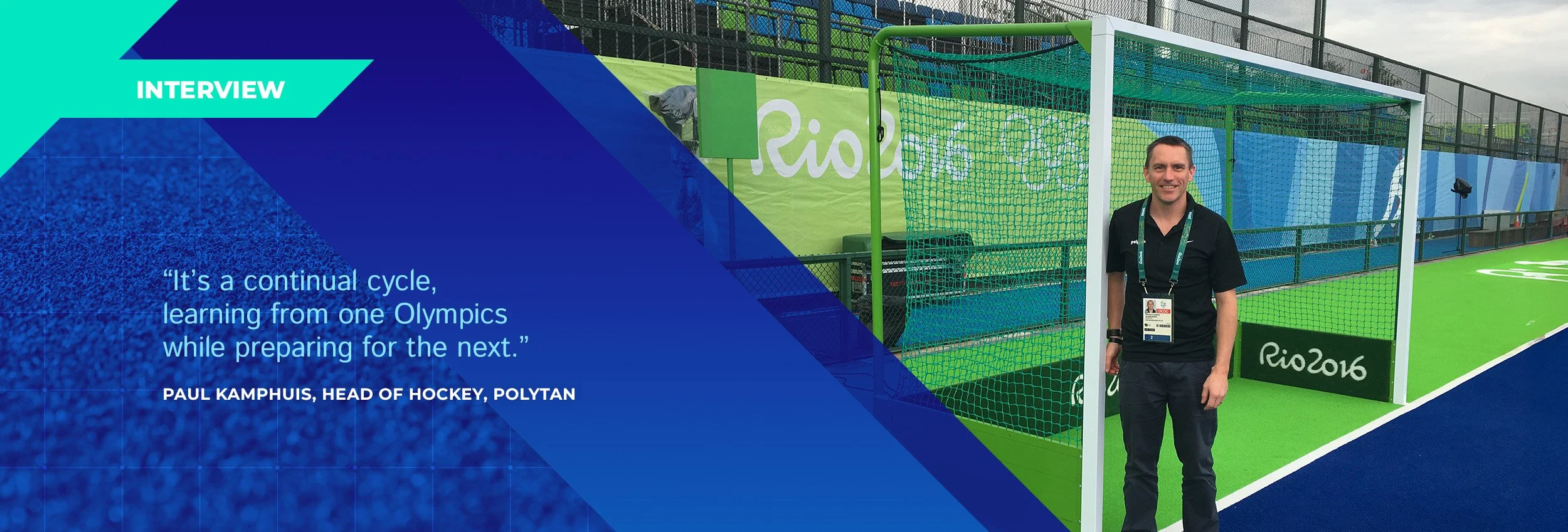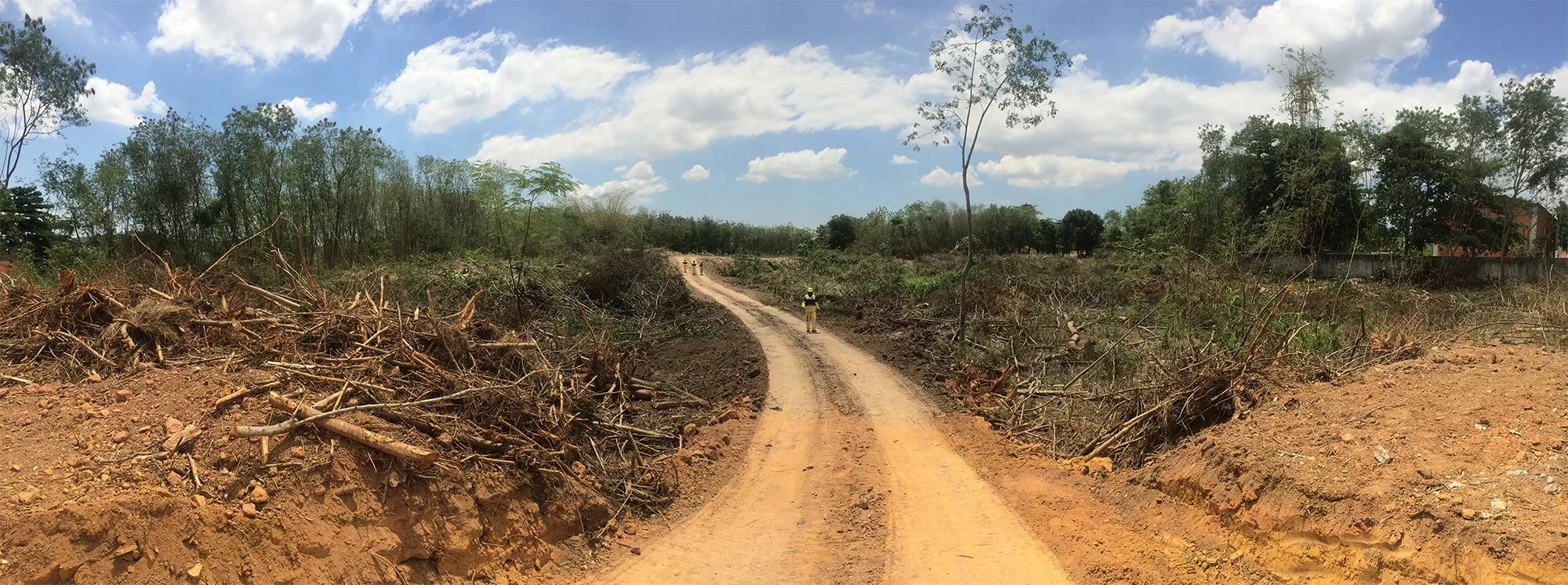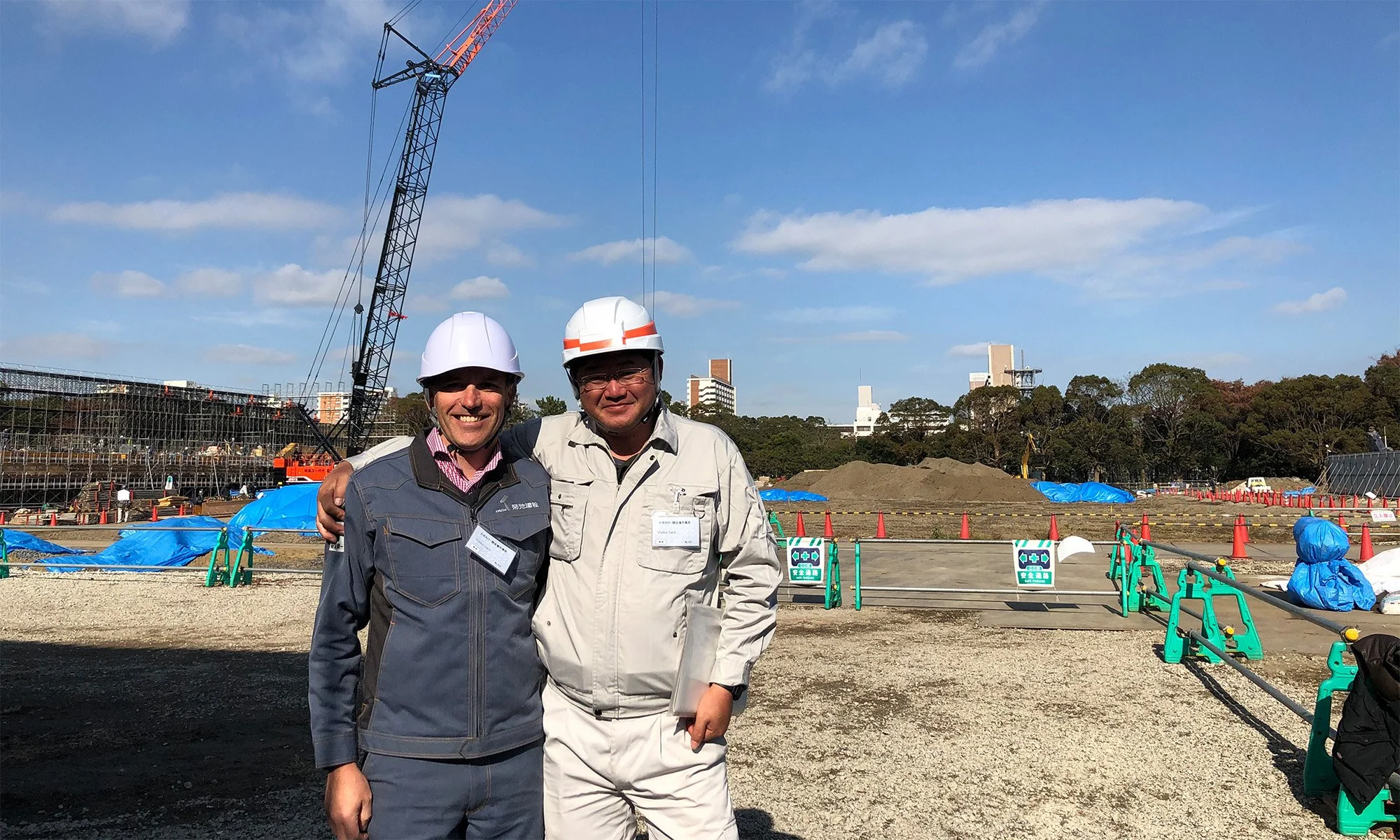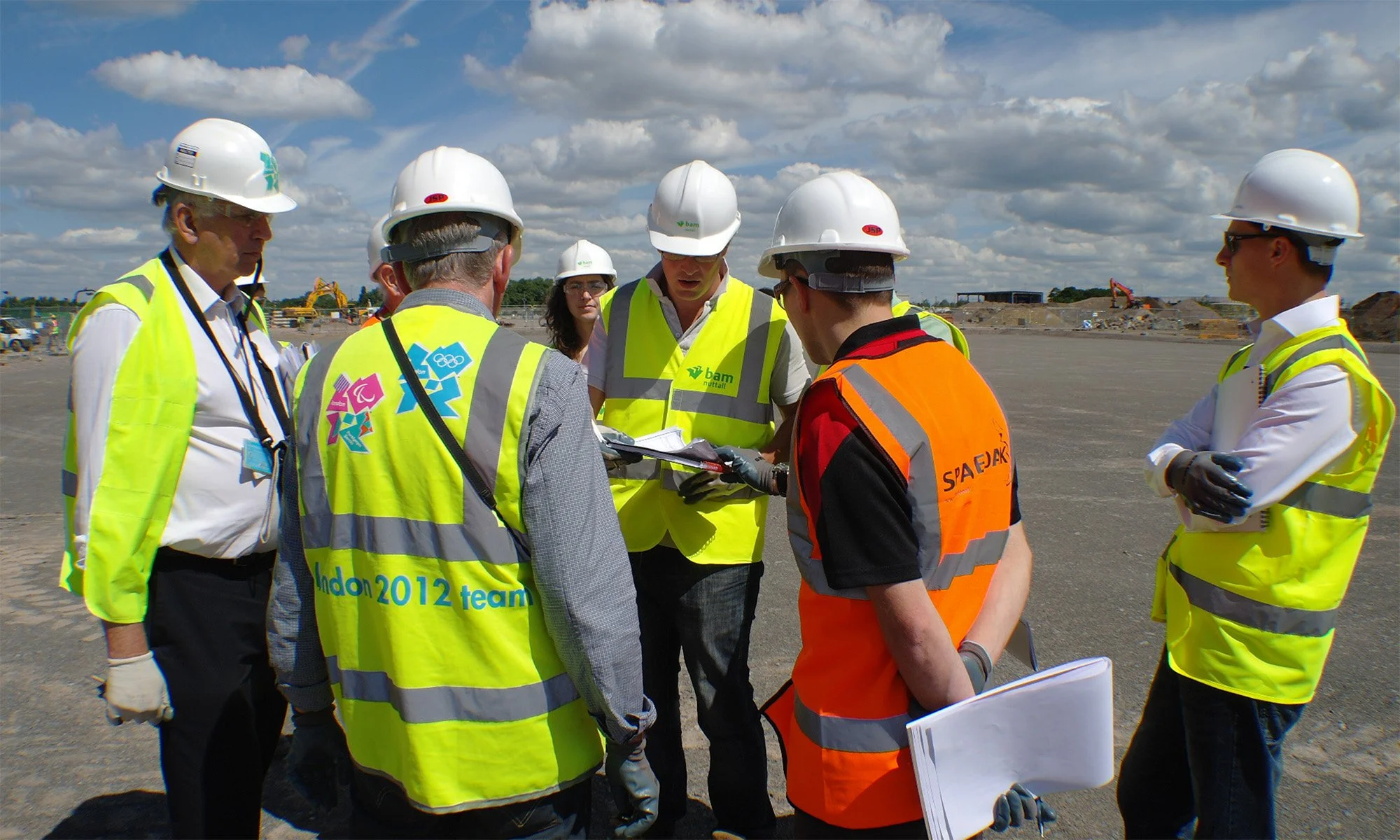The making of an Olympic hockey turf
Polytan’s Head of Hockey, Paul Kamphuis, reveals what it takes to develop an Olympic turf in the lead-up to 2028 Los Angeles Olympic Games
An Olympic hockey turf is years in the making – shaped by athlete feedback, technical innovation, and close collaboration with the International Hockey Federation (FIH). Poligras has supplied the playing surface for eight Olympic Games, leading advances in dry hockey and sustainability. With LA ahead, Polytan’s Head of Hockey, Paul Kamphuis, shares how Olympic surfaces are developed to meet elite standards and support the sport’s future.
How many years out from the Games does planning for the turf begin?
A minimum of four years, but often more like five or six. In 2019, we were already installing the turf for Paris and gathering feedback on how that system was performing. Even then, we were thinking ahead. What can be improved? What will the next Games require? It’s a continual cycle, learning from one Olympics while preparing for the next.
Rio pre-commencement
Rio Games-time
Where does that feedback come from and how do you act on it?
It comes from a mix of sources. Right now, the FIH has made it clear they want to move toward dry hockey, so we’re focused on how turf can be more water-efficient, or work with no water at all. That includes working with venue managers on water usage and collecting feedback from players and coaches to ensure performance isn’t compromised.
Tokyo construction
We take on board all the feedback that we can get and then we digest it to see what the common trends are and what we think we can influence for better outcomes.
What are the non-negotiables for an Olympic-standard turf?
A globally certified turf, backed by a track record of delivering at major international tournaments, with player approval to match.
Athens 2004 was the last time we didn’t supply the Olympic turf. It wasn’t FIH-approved, and the feedback wasn’t great. Since then, we’ve delivered every Olympic turf – and LA will be our ninth.
“Players are generally open to change once they understand the reasoning. Coaches tend to be more cautious, as they want consistency. But both perspectives are essential to shaping the product.”
How closely do you work with the FIH to develop the turf?
Very closely. I have fortnightly calls with them at a minimum, covering product development, tournament planning and general updates. Feedback goes both ways – within the limits of IP of course. It’s a productive, ongoing dialogue built on the spirit of true collaboration.
How involved are athletes and coaches in the process?
As much as possible. Elite player access isn’t always easy, but when we get direct input, it’s hugely valuable. The FIH did a great job collecting survey feedback from players at the Hockey5s World Cup in Oman, particularly around dry turf performance.
Players are generally open to change once they understand the reasoning. Coaches tend to be more cautious, as they want consistency. But both perspectives are essential to shaping the product.
Beijing construction
Beijing installation
Do you consider things like ball design, kit or rule changes when developing the turf?
Not directly – we can’t design turf around external equipment, but we do collaborate. We work closely with Kookaburra here in Melbourne and I’ve tested goalkeeper gear with OBO in New Zealand. We stay informed, but our priority right now is making the turf perform with less water. If other innovations help, that’s a bonus, but we focus on what we can control.
Do location or climate impact the design of the turf system?
Not the system itself, because it has to be viable globally, but local climate and construction practices definitely influence how we approach installations. We work with organising committees early in the process to help guide decisions. I was in LA recently doing exactly that – reviewing venue planning and offering advice based on local conditions.
London construction
London Games-time maintenance
Paris 2024 marked a big step forward in sustainability. What comes next?
On the carbon side, we’re already at carbon-neutral turf and that’s a benchmark we’ll maintain. On the water side, there’s still room to improve – both through product innovation and education. In Paris, we helped shift the mindset about irrigation. Based on what we saw in Oman, we were able to show that less water doesn’t mean less performance. The FIH backed that approach and pushed it through to the Games. It’s not just about product design, it’s about changing behaviour.
Paris construction
Paris Games-time
So decisions were still being made close to the tournament?
Right up to the final months. In Oman, we had a dry pitch next to a full-size one that had been irrigated by mistake. We tested both. Twelve hours later, the irrigated pitch still had water deep in the surface, even though it looked dry on top. That evolved the product development. It convinced the FIH and other stakeholders, including players and coaches, that dry appearance isn’t always a performance issue. That insight carried through to Paris and will help drive water savings in LA.
What has been your biggest learning over the 5 Olympic turf projects you have overseen?
That it’s not just about turf. Our development work is aligned with the FIH’s broader ambitions – sustainability, innovation, growing the game. But we have to do that without compromising performance.
The FIH has a clear vision, and we’re here to support it, while making sure the changes are introduced in a way that brings players and coaches along. Being the FIH’s Official Turf Partner is a privilege and a responsibility because we’re helping deliver the future of the sport.










